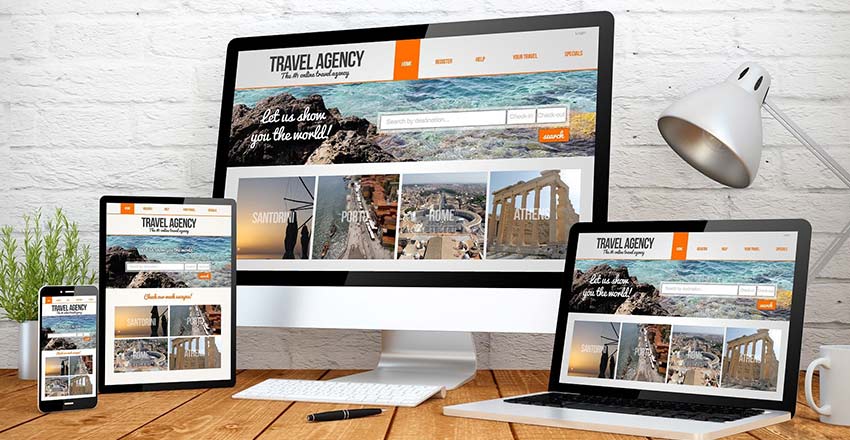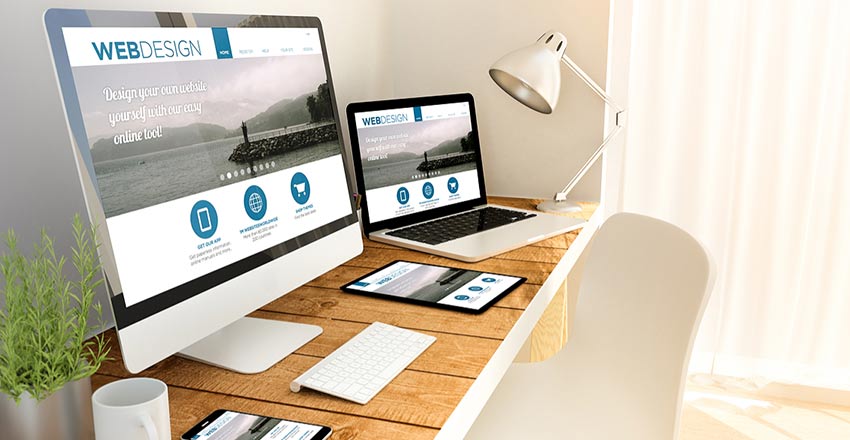Following modern web design trends is a great way to keep your website looking fresh and interesting in a rapidly evolving digital world. Every year we see new technology and new design trends become more popular.
With this in mind, I’ve done extensive research to come up with a list of the top modern website design features of 2019. From this list, I’ve put together a list of my top five tips for building a modern website in 2019.
These include:
1. Consider Using 3D Illustrations
Although 3D illustration isn’t a technique that we often associate with the internet and web design, it actually works very well. Ever-improving design technology means that it’s easier than ever to build attractive 3D designs, and it’s something I’d recommend considering for your website. Read More








